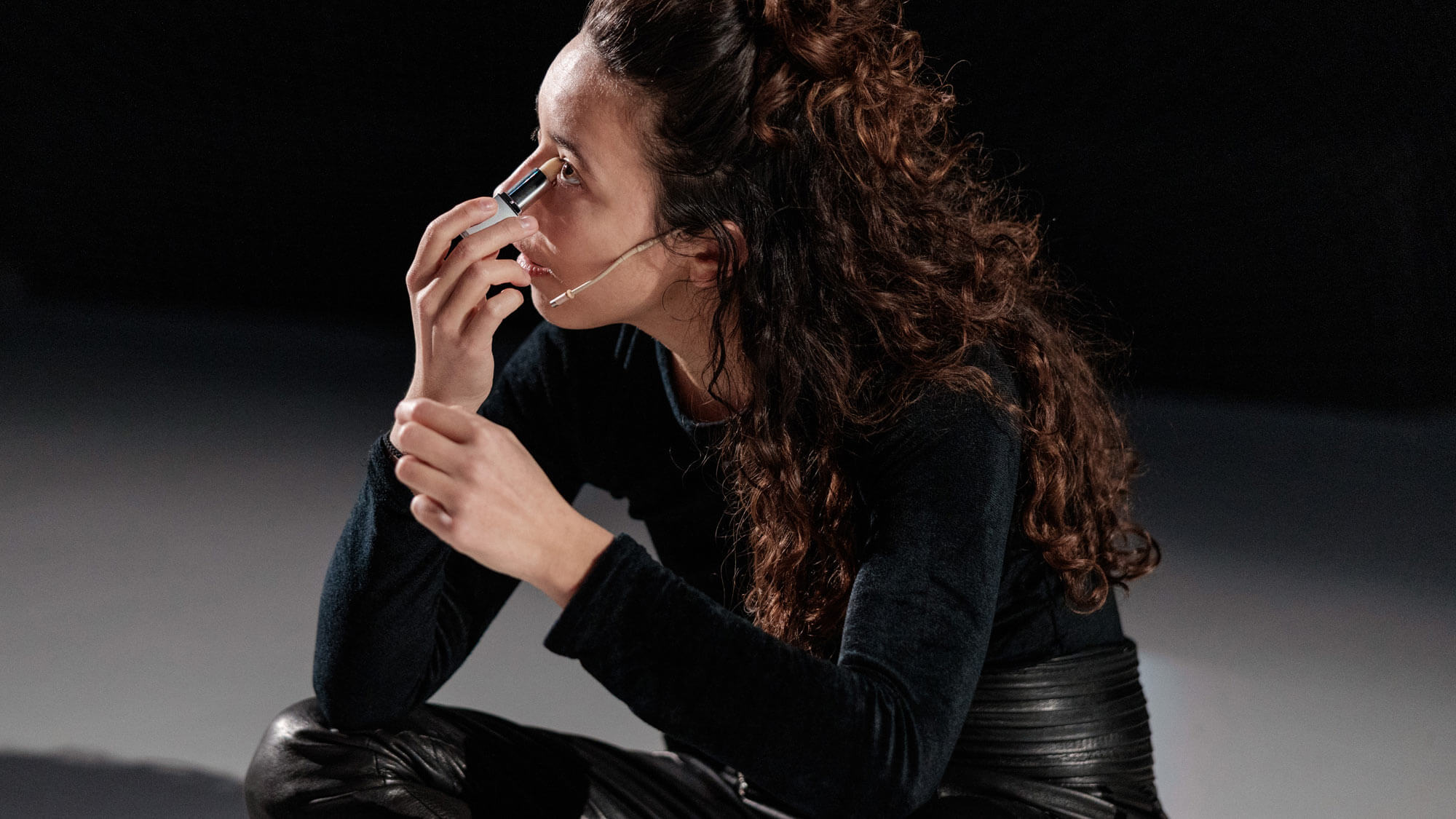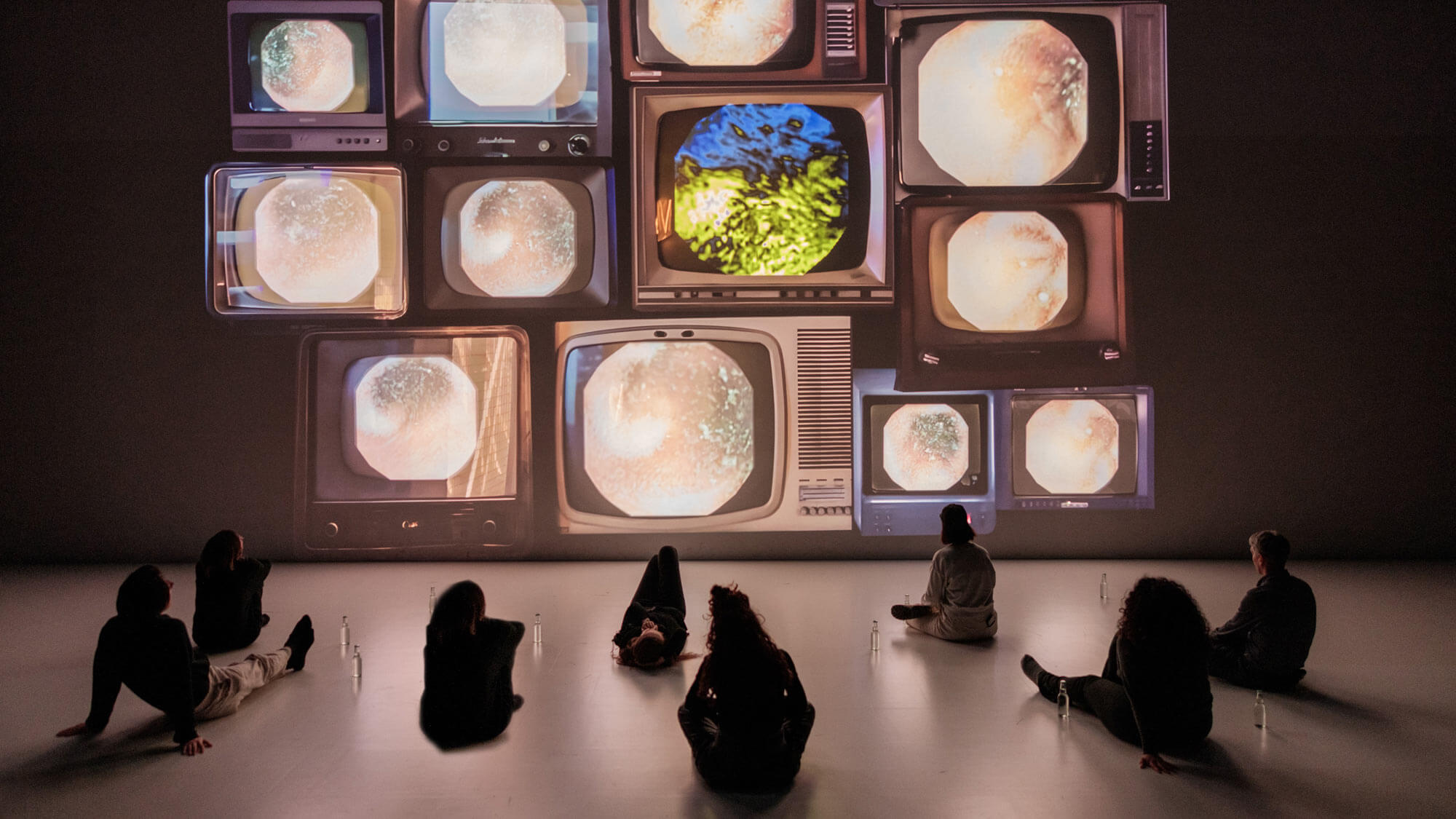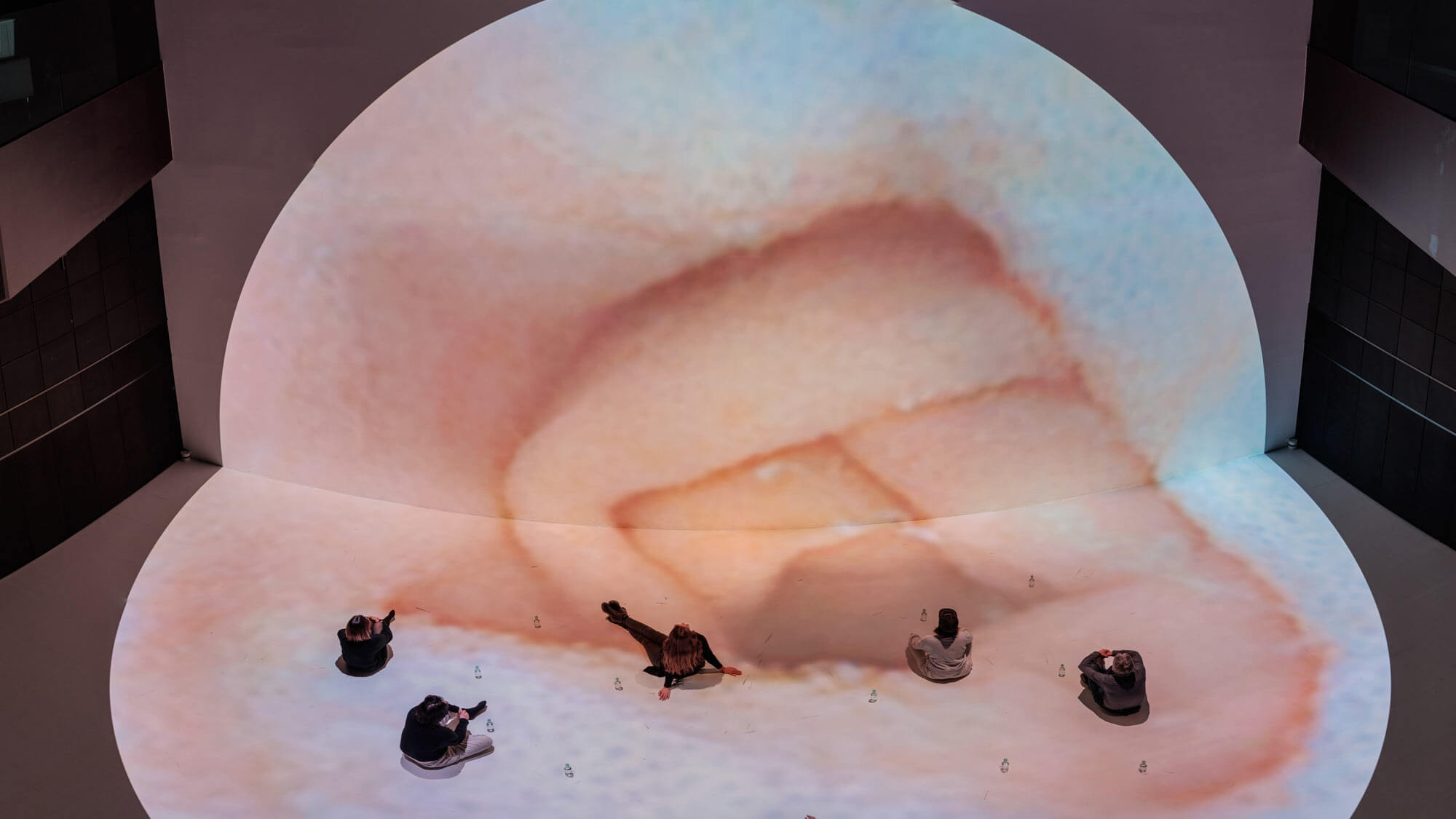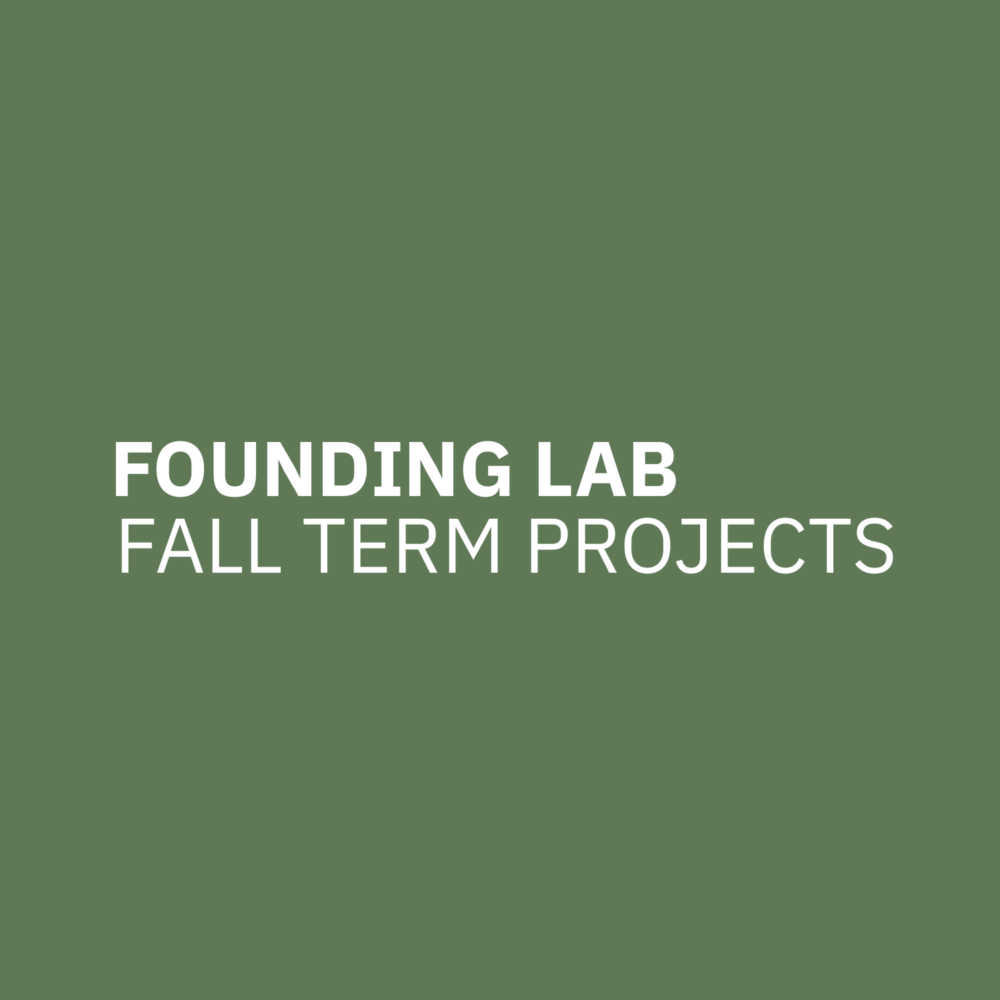
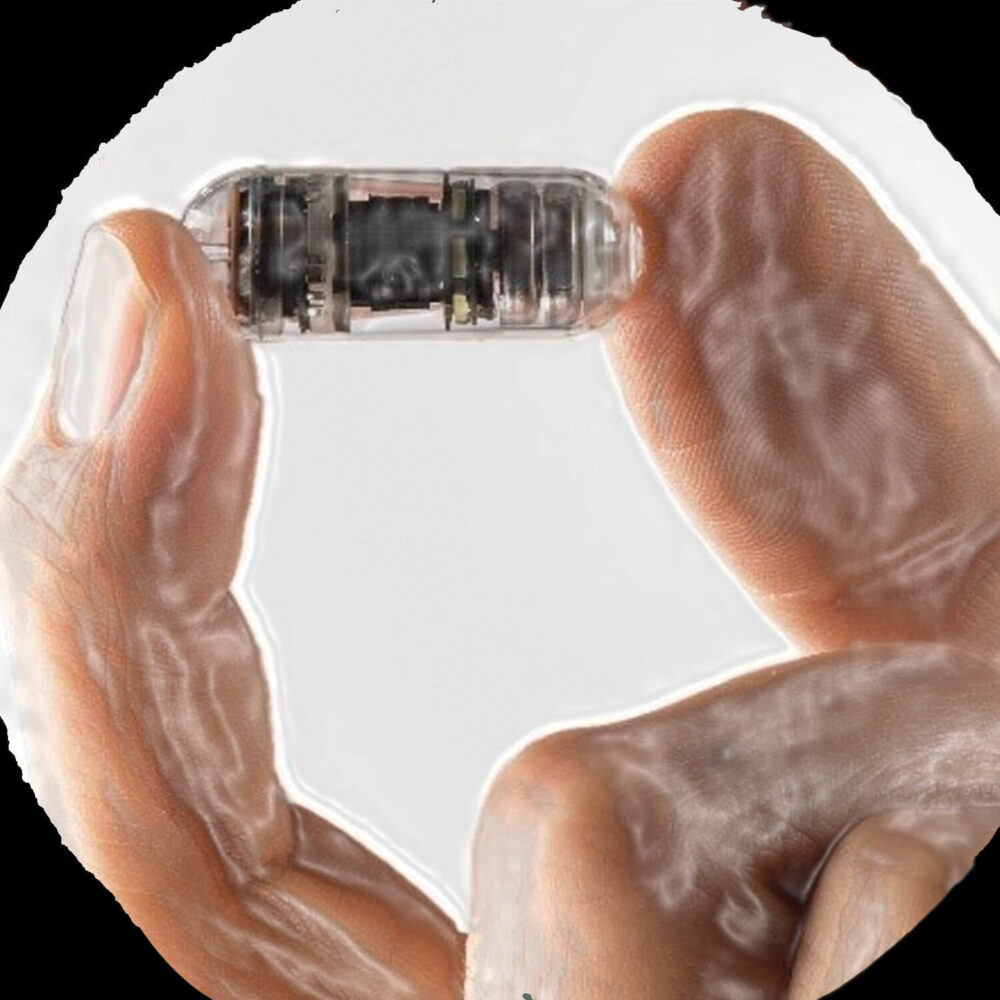
Stuff Change & After Swallowing
by
Lea Luka Sikau
Concept
The Fall Term kicks off an artistic research project of artist-researcher Lea Luka Sikau, funded by S+T+ARTS, that investigates ways to influence gut health and understand gut feeling through sonic approaches. In the Founding Lab showcase, you can experience two of Sikau’s works under the umbrella of multispecies metabolizing:
The video work STUFF CHANGE features ants and a pain au chocolat at IT:U; the performance AFTER SWALLOWING shows an endoscopy with a capsule in Deep Space.
The preliminary outcome will be an explorative study that the audience of her performance “After Swallowing” will participate in. Following up on this study, the artist-researcher collaborates with the Max-Planck-Institute for Empirical Aesthetics for an extended exploratory study investigating patterns of gut synchronization (gastric movements) via sound. These findings will be turned into performances and medical treatment approaches together with the Casa Paganini Research Center, Genova, and Sónar.
As a mezzosoprano, media artist and musicologist, Sikau examines the medicalized history of guts with philosophies of making connection and rehearsing multi-organ communication. Diagnosed with the irritable bowel syndrome and gastric mucosa, she has been engaging with the paradoxical signals of her gut since childhood. But whereas gastric mucosa is a diagnosis, the irritable bowel syndrome (affecting 10-15% of the population in Europe) is merely a description of ambiguous symptoms which so far cannot be successfully addressed within the healthcare system. Untraceable via visual means such as coloscopy or gastroscopy, she was curious to approach her gut through the media Sikau is most familiar with: sound technologies and performance.
In relation to the physical constitution of this organ, the semi-permeable quality of its serpentine lines undergo significant transformations within the clinical environments – with one of the extremes being a lifelong ostomy (which is an artificial outlet for the bowel). As such, the artist-researcher intend to apply these theories to the gut as queer organ that, beyond its material form, inherits a queer slippage between ‘physiological matter, metaphor or figuration, and “gut-level” feeling states’.1 Whereas a lot of artistic and research process currently oscillate around the microbiome, Sikau sees some avenues for research with relation to our guttural capacity to attune to sounds, thereby potentially enhancing our wellbeing by hearing beyond the ear.
Process Reflection
Guts of ants, and of our species alike, silently navigate bodies in today’s world. In this intestinal loop of metabolism – from fall term to speculative futures – what does your gut rehearse to tell you? How can you sound it out in queer ways?
Throughout the artistic research process, artist-researcher Lea Luka Sikau worked with and through an exploratory approach of listening to guts. She focused on medical technologies, in particular capsule endoscopy and AI-assisted fluorescence in image processing for diagnosing gastroenterological pathologic diseases. Along the way though, Sikau also became increasingly fascinated by research into organoids and sonic ways to understand guts of nonhuman species.
In the beginning, Sikau wanted to focus on the role that gut feeling plays in artistic processes (such as theatrical rehearsals). After collectively working with gut sounds and detecting the effects they had on the vocality of our own gut, she expanded the research scope. In the scope of her S+T+ARTS project the gut rehearses to tell you something, the artist-researcher focuses on how gut sounds can influence and evoke synchronization with listening enteric nervous systems. So far, Sikau has noticed a significant effect on her gut and her collaborators intestines that were increasingly sounding while immersing in this endeavour. It felt as if the enteric nervous system was attuning to their practices.
In the key of audible diversity, Sikau encourages to listen beyond the ear and create forms of research and learning that – beyond being of transdisciplinary nature – encourage a multisensory and multimodal approaches.
Artist-researcher Lea Luka Sikau collaborated with two artists for this project, Denisa Pubalova (media artist) and Ella Kay (sound artist) as well as with medical institutions such as the Medical School Hannover, the Veterinary School Hannover as well as the Christopherus Hospital Coesfeld. Beyond this scope, the Founding Lab Students (particularly Julie-Michele Morin and Bart Kuipers) and her mentors within this programme, such as Darsha Hewitt greatly supported her with refining the approaches to storytelling and coherence of the performance presented in Deep Space. Additional thanks go to Dr. Friedrich Krings, Dr. Henrike Lenzen, Prof. Dr. Gemma Mazzuoli-Weber, Dr. Kristin Elfers, Carsten Husch and Johannes Teller.
